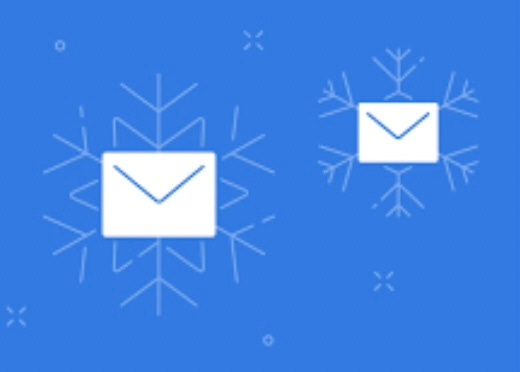Cold emailing has the power to open doors to influential people and great opportunities. Most cold emails will fail because, by definition, you don’t have a relationship (yet). Tapping into the power of email is one of the tactics covered in Brian Wong’s book The Cheat Code.
No target email address, no problem
You can cold email pretty much anyone in the business world by guessing their email. - Brian Wong
There are direct and indirect ways to determine someone’s email address.
Direct ways include: Google the individual’s email address, search their company website, call and request it from a work colleague, message an associate via LinkedIn, check social media profiles and find one of their presentations online.
An indirect approach involves the following. Take your best guess at their email and use this as the To address for your email. If their name is Jane Bloggs and they work at the BBC then you might guess Jane.Bloggs@bbc.com. The email addresses organisations use often follow a pattern such as FirstName.LastName@Organisation.com. Hence, finding email addresses for others at the organisation narrows the options. LinkedIn may be a good source. In the email BCC (Blind Copy) add as many permutations of the address as you can think of, e.g. J.Bloggs@bbc.com, JBloggs@bbc.com, JaneBloggs@bbc.com, BloggsJ@bbc.com. The incorrect email addresses will bounce. Only one will be right.
Make an offer
Reaching the inbox isn't your goal. Engaging people is. - Matt Blumberg
Characteristics of a well crafted cold email include:
Intrigues with a personalised title. For example, Jane Bloggs suggested I contact you about X. There are 3 Questions Great Headlines Address.
Tailors the message. Undertake research into the person you wish to engage with. How do they see the world, what interests them and what do they want?
Establishes credibility. Show that we are credible and trustworthy. Referencing common friends or associates helps establish social proof. Establish your social status by mentioning relevant group memberships, experience or achievements.
Similarities matter most when they’re rare. We bond when we share uncommon commonalities which allow us to feel that we fit in and stand out at the same time. - Adam Grant
Makes a compelling offer. Offer something the recipient wants. If we have a solution to a problem we believe they have then explain it. Making connections with third parties of interest is another option.
Is concise and actionable. Write simply and make your ask clear, specific, time bound and easy to action. For example, I can meet between 8am and noon on Friday 18th May at Monmouth cafe. Please suggest an alternative if that does not work for you.
Expresses appreciation for their time.
Variable tactics
Be tenacious, but respectful. Email multiple times, adding extra value with each iteration. Send emails from different accounts. Engage their influential associates, e.g. peers, direct reports and support staff. Build a network of relevant contacts in their industry. Make your name visible in their world. The more someone sees or hears about you, the more likely they are to engage. 3 Influencing Tactics for App Designers explores relevant tactics, including reciprocation and social proofing.
Other resources
Level Up With The Cheat Code interview with Brian Wong
Smartcuts: Lateral Thinking talk by Shane Snow
Making Our Ideas Sticky post by Phil Martin
Brian Wong used cold emails to secure his first Silicon Valley job and grow his advertising business. Until next Sunday, try cold emailing someone who can help you with a project.
Have fun.
Phil…





Very true content! I have myself tried it a few times, one time, a very important one, it worked. It was critical for my life and it definitely made a big difference giving it a go, compared to not do that. Sometimes all it takes is a leap of faith too!